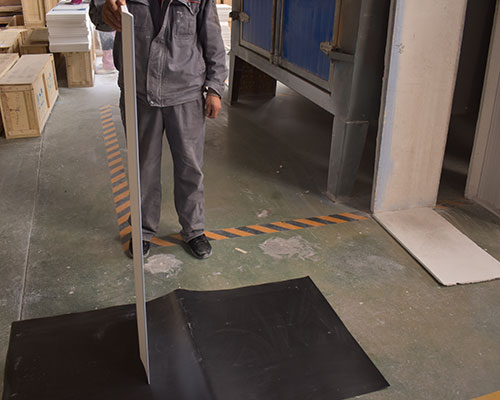The molten aluminum feed tip is a key component that directly distributes and transports the molten aluminum to the roll gap during the casting and rolling process. The rationality and practicability of molten aluminum feed tip nozzle materials are very important for normal production, stabilizing various process parameters, and improving the quality of cast-rolled slabs.
Requirements for Molten Aluminum Feed Tip
After the purified molten aluminum enters the casting nozzle from the front box within a certain temperature range (690-730℃), under a certain pressure, it flows inside the nozzle in the direction of the nozzle outlet with the least resistance, and the resistance is opposite to the flow rate. Functional relationship. According to the boundary layer theory of fluid mechanics, the flow velocity in the central area away from the boundary of the nozzle is greater than that in the boundary area.
In order to ensure that the liquid flow around the outlet is basically stable and the flow rate is consistent, and to maintain the normal casting-rolling equilibrium state inside the casting nozzle, appropriate shunt blocks must be installed inside the casting nozzle. The shunt block increases the fluid resistance in the central area and reduces the fluid resistance in the boundary area, while the resistance on both sides is moderately controlled. Therefore, the reasonable size of the runners inside the nozzle, the shape, size and layout of the runner blocks are extremely important.
The casting tip nozzle material must not chemically react with molten aluminum, not corrode, have a certain strength and rigidity, have a small thermal expansion coefficient, and have a certain degree of thermal stability. Alumina fiber materials and ceramic fiber materials can meet the above requirements after treatment. AdTech ceramic fiber castertips are specially used for aluminum alloy casting and rolling. AdTech feed tip of sheet caster has moderate density, good thermal insulation, precise size, high oxidation resistance, and low deformation.

